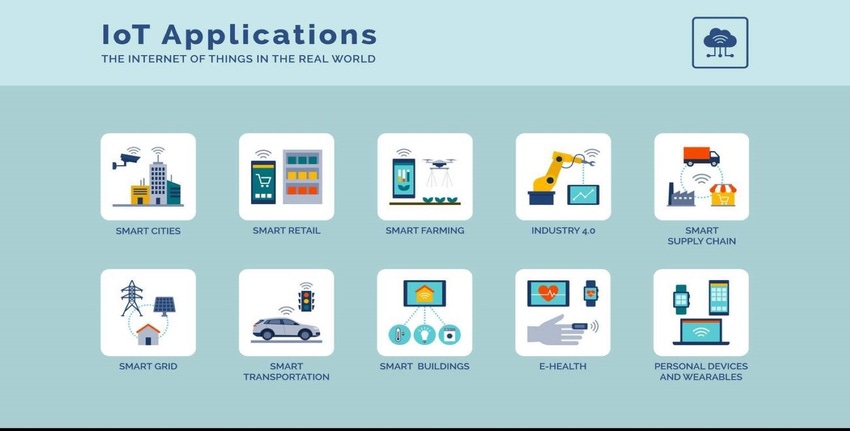IoT to Benefit From Sensor Fusion
Tying in data from multiple sensors will benefit many apps, but challenges remain.

Sensor fusion, which involves aggregating data from multiple sensors to improve the validity of results, has started to make its effects felt in many applications spanning multiple industries. The promise and challenges of sensor fusion were discussed at a recent Sensors Converge session titled, “The Future of Sensors: Achieving the Sensor Fusion Promise.”
Medical care is being impacted by the availability of sensors that can remotely and non-invasively collect data in real time, whether the patient is in an outpatient clinic, home, or other location outside of a traditional health facility. TE Connectivity is using piezoelectric strain sensors fabricated on flexible material to continuously monitor patient vitals. The sensors can be easily integrated into chairs, beds, or other accessories to keep tabs on the patient’s heartbeat, respiratory rate, and other functions.
“We have to cut the cable and make medical systems imperceptible to users,” said Mike Pedrick, Principal R&D and Product Development Engineer for TE Connectivity’s Sensor Business Unit during a presentation. “Our sensor can be deployed as a passive device that uses minimal or no power and can monitor patients in any position.”
Sensor fusion is likely to have a big impact on medical care, added Susan Zaks, System Architect for TE Connectivity, during a panel discussion following the presentation. “We are definitely still in the growth stage. The use of sensor fusion with multiple sensors will make it possible to monitor vital signs from patients’ homes. Early detection will be the key.”
Environmental sensing is another potential market for sensor fusion. “In the oil and gas industry, one needs to monitor pressure and flow changes as well as temperature,” said Aydin Babakhani, Director of UCLA’s Integrated Sensors Laboratory. “You need several measurements to make sense of data, because changing one variable often winds up affecting the other variables.”
In the age of the IoT, sensor fusion will need to team up with more robust sensor designs, as the applications these sensors are being used in require continuous monitoring and must minimize or eliminate downtime for maintenance.
In another presentation, Richard Rodriques of Sensata Technologies discussed the development of leak detection sensors that use sound sensing to detect the presence of refrigerants. The intended applications are appliances where chlorofluorocarbon-free refrigerants are being phased in to meet growing environmental concerns. The sensors, which Rodriques said are often used in locations unfriendly to electronics, consume under 40 mA and operate to 105◦C.
The power consumption and battery life of sensors will also need to improve, acknowledged UCLA’s Babakhani. “You will have many more sensors in the future, and you will not be able to change batteries in many applications. You will need wirelessly-powered sensors in applications such as body implants.”
The complexity of sensor fusion emphasizes the importance of a multi-disciplinary, team approach, according to Neomar Giacomini, Senior Engineering Manager of Electronics Hardware Development for Whirlpool Corp.
“Sensor fusion is not a one-person approach—you cannot just develop sensor fusion with just hardware or software. You must understand data sources and physics. You need a core team with multiple skill sets—the idea is to get multiple functions connected and understand the physics around the issue.”
Spencer Chin is a Senior Editor for Design News covering the electronics beat. He has many years of experience covering developments in components, semiconductors, subsystems, power, and other facets of electronics from both a business/supply-chain and technology perspective. He can be reached at [email protected].
About the Author(s)
You May Also Like





